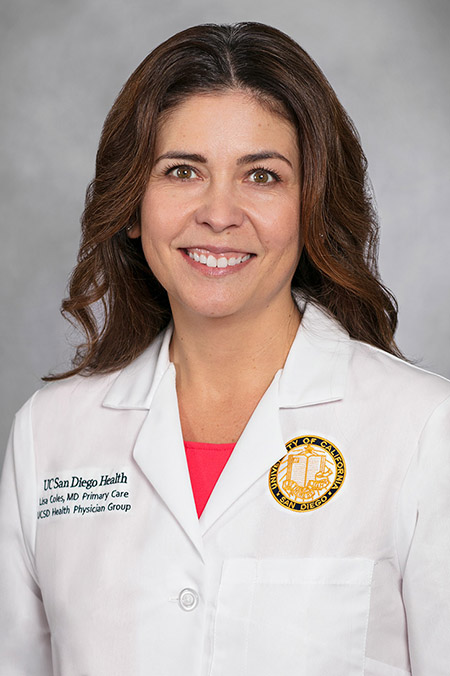Human papillomavirus (HPV) is the most common sexually transmitted infection and the cause of most cervical cancers, and some vaginal, penile, anal and oral cancers. The HPV vaccine has proven effective in preventing infection and six types of HPV-attributable cancers.
In recent months, national trends have shown a decline in HPV vaccination rates due to the novel coronavirus pandemic. This week recognizes the second annual California HPV Vaccine Week. The goals are to bring awareness of the vaccine and increase rates in the state to 80 percent by 2026.
“In March, we saw a significant amount of patients utilizing telemedicine and not coming into the clinic for wellness examinations due to COVID-19. In the last few months, there has been a rise in in-person visits. Particularly as ‘back to school’ nears, we’re starting to see more adolescents coming into the clinic and receiving the HPV vaccine,” said Lisa Coles, MD, primary care physician at UC San Diego Health. “This is critical because the vaccination has been proven to be 99 percent effective in the prevention of HPV infection, cervical pre-cancers and genital warts.”
Additional information about the HPV vaccine:
- The vaccine was released in 2006 and updated in 2014 to include five additional strains
- The HPV vaccine is recommended by the American Academy of Pediatrics for boys and girls ages 9 to 12
- The Advisory Committee on Immunization Practices (ACIP) recommends vaccinations for those unvaccinated or with incomplete vaccinations through age 26
- It is a two-dose series if started before age 15, otherwise three doses are required
- Common vaccine reactions include temporary pain, swelling or itching at the injection site, headache, nausea, dizziness and fever
- According to the National Immunization Survey, approximately 51 percent of teens are vaccinated with at least 65 percent receiving at least one dose
- Rates of CIN2-3 (cervical pre-cancer) fell from 52.7 to 44.1 percent between 2008 to 2014
Original post https://alertarticles.info


